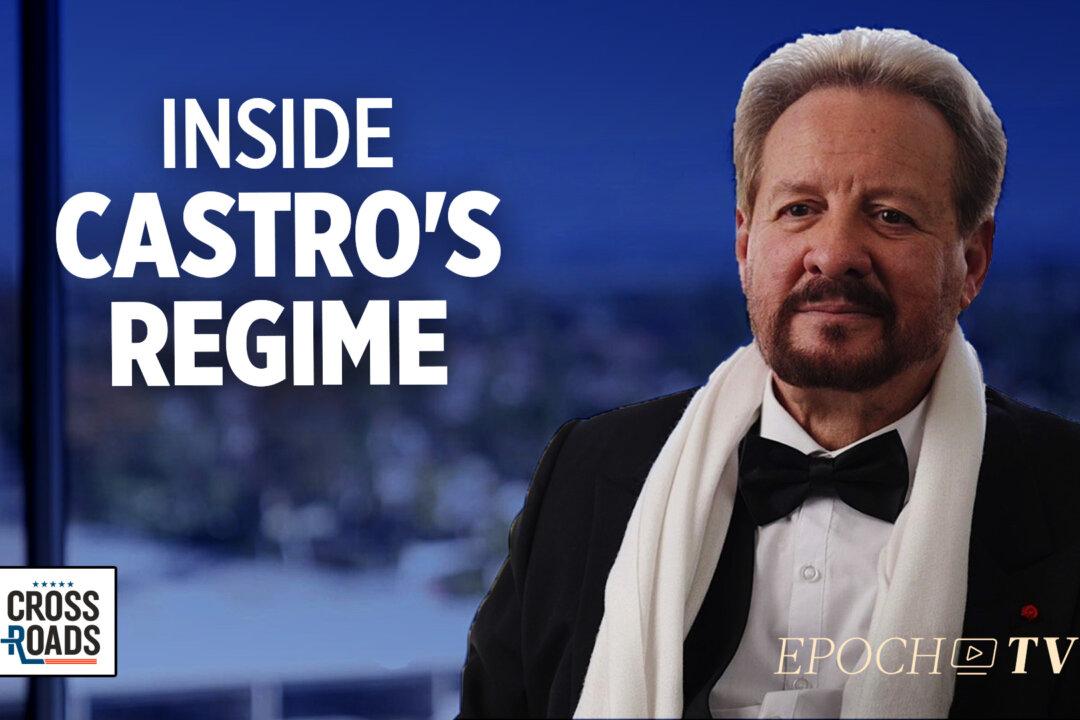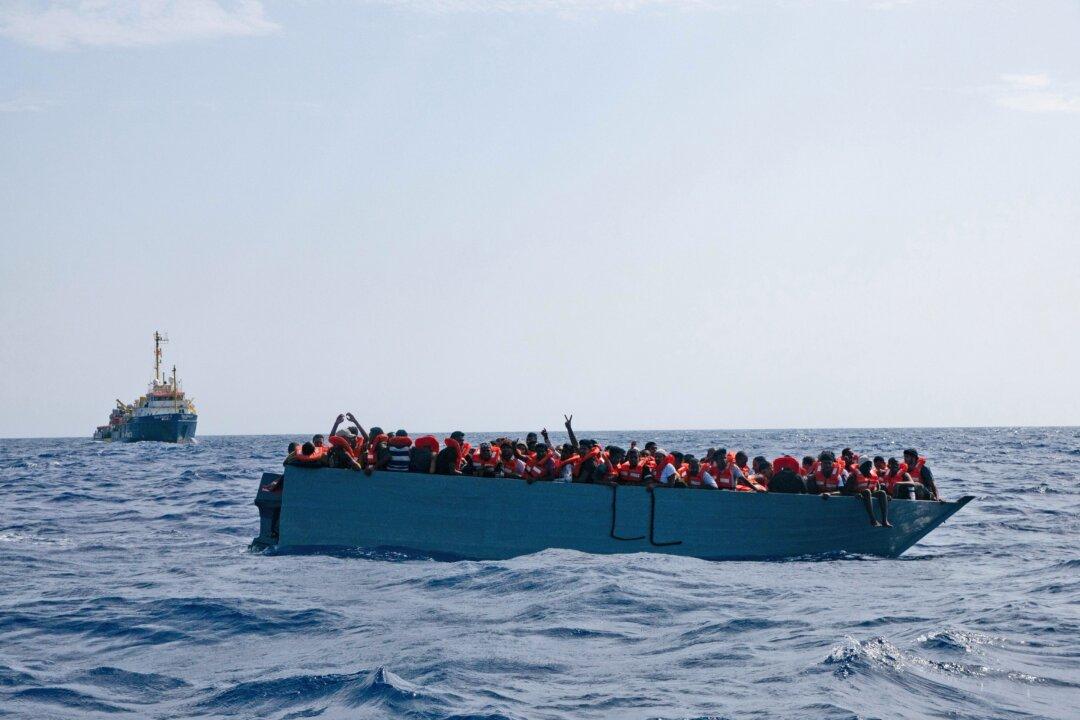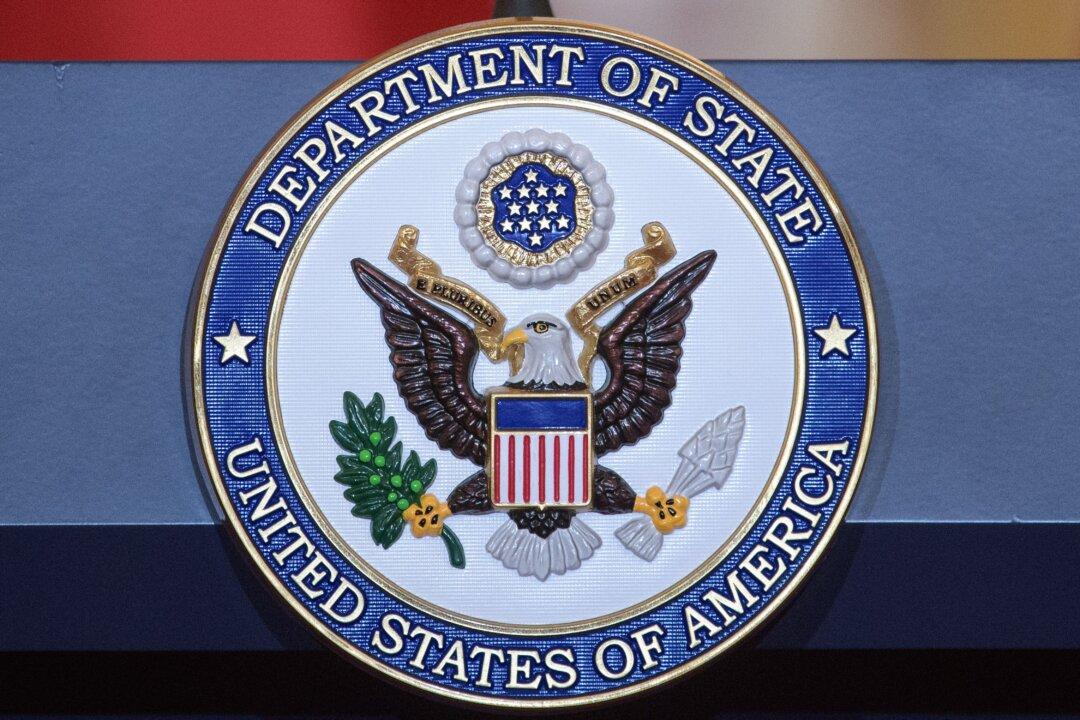As a member of former Cuban leader Fidel Castro’s inner circle, Dr. Julio Antonio del Marmol had access to the most secret information of the regime’s plans and operations.
As the Cuban revolution began in 1959, del Marmol was introduced to Castro by his father, a passionate patriot who believed whole-heartedly in democratic values and equality.






